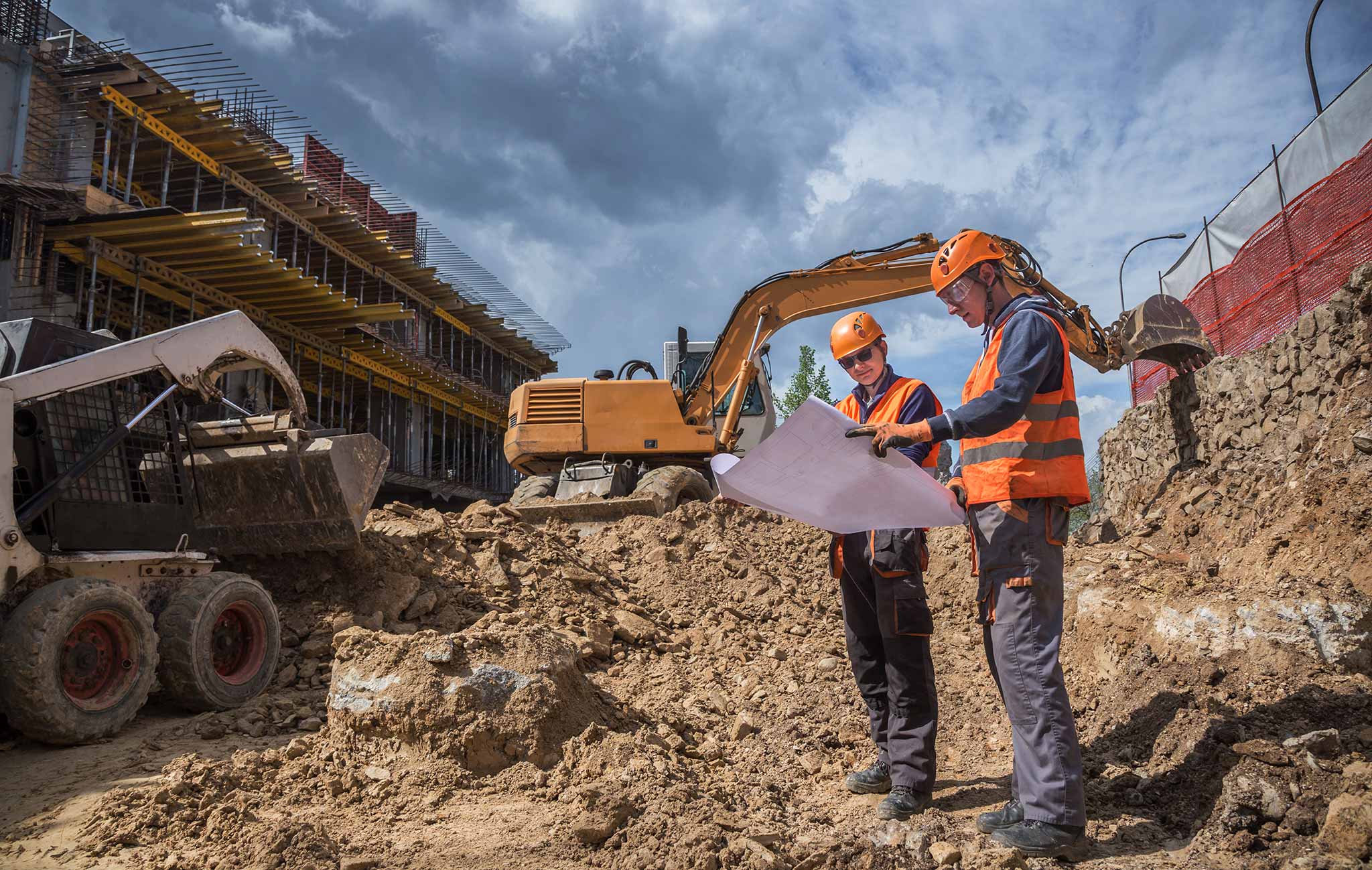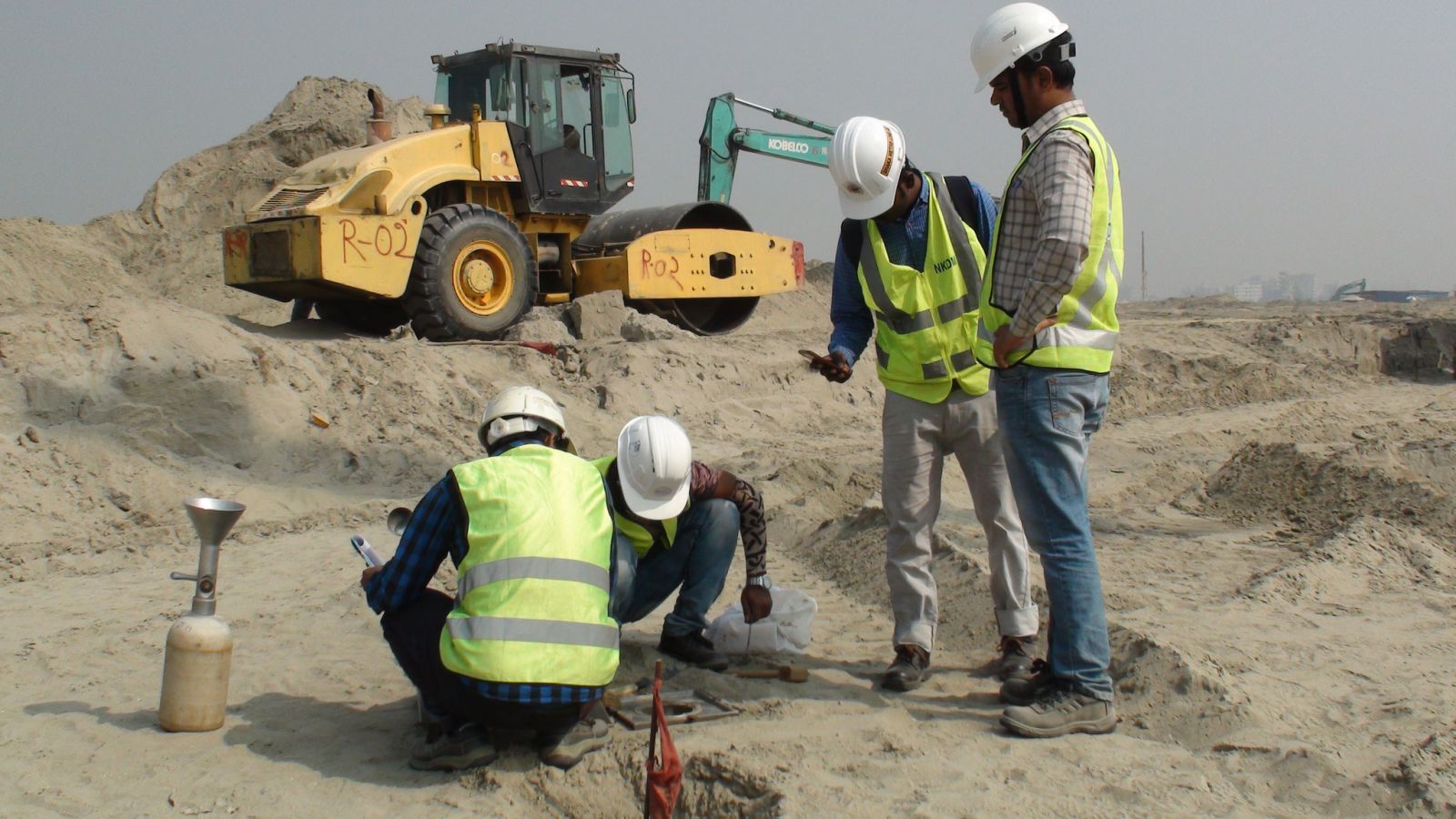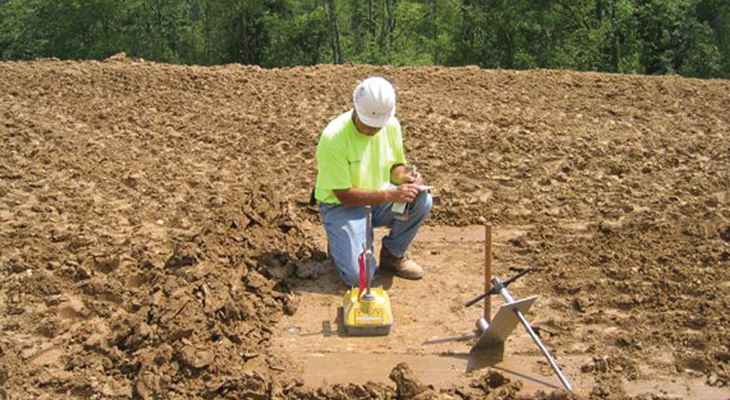Top Geotechnical Engineers for Cutting-Edge Dirt Evaluation and Structure Design
Wiki Article
The Interdisciplinary Approaches in the Geotechnical Industry: Linking the Gap In Between Engineering, Geology, and Environmental Scientific Research for Optimum Project End Results
The integration of design, geology, and ecological scientific research within the geotechnical sector is not merely useful; it is crucial for attaining optimum task outcomes. What methods might arise to facilitate this crucial partnership and improve the effectiveness of geotechnical methods?Value of Interdisciplinary Collaboration
The importance of interdisciplinary collaboration in the geotechnical sector can not be overemphasized. Reliable geotechnical tasks require the assimilation of diverse knowledge from numerous fields, consisting of engineering, geology, and ecological scientific research. This partnership ensures that all facets of a project are considered, resulting in comprehensive services that resolve complicated challenges.When functioning in seclusion,Interdisciplinary cooperation fosters development by allowing experts to share insights and techniques that might not be apparent. By leveraging the staminas of several self-controls, groups can determine prospective dangers, maximize style processes, and enhance the sustainability of geotechnical jobs. Furthermore, such partnership advertises an all natural understanding of site-specific problems, which is crucial for exact evaluation and decision-making.
The intricacy of geotechnical jobs necessitates a worked with method to problem-solving. Ultimately, interdisciplinary collaboration is crucial for advancing ideal methods and achieving quality in the geotechnical sector.
Key Functions of Each Technique
Collaboration amongst numerous techniques is not just helpful; it is vital for the successful execution of geotechnical tasks. Each technique-- design, geology, and ecological scientific research-- plays a distinct yet interconnected duty that contributes to predict efficiency and sustainability.Geotechnical designers are primarily in charge of creating structures and making certain architectural integrity. They assess dirt and rock residential or commercial properties to analyze load-bearing capabilities, giving essential information for risk-free building and construction methods. Their know-how allows the solution of cutting-edge services to complicated difficulties.

Environmental scientists assess the potential impacts of building on environments and water resources. They conduct environmental analyses and create mitigation approaches to decrease damaging results. By integrating environmental factors to consider, they make sure compliance with guidelines and promote sustainability throughout the project lifecycle.
Study of Successful Combination
Effective integration of geotechnical disciplines can be exemplified through numerous case studies that highlight the efficiency of synergy in addressing intricate design obstacles. One significant example is the building of the Hong Kong-- Zhuhai-- Macau Bridge, where a collaborative technique involving geotechnical design, geology, and ecological science was essential. Rock hounds and engineers worked in unison to analyze the seabed problems and maximize the foundation design, making sure security and reducing ecological effect.Another impactful instance is the enhancement of incline stability in the San Francisco Bay Area, where an interdisciplinary team incorporated geotechnical analysis with ecological evaluations. By integrating geological studies and hydrological studies, the group efficiently identified possible landslide risks and applied reliable reduction actions, enhancing safety and security and sustainability.
Moreover, the redevelopment of Brownfield sites often needs a multidisciplinary method. In one instance in Chicago, partnership amongst geotechnical engineers, environmental scientists, and city planners caused the effective removal of infected dirt, permitting the safe change of the site right into an area park. These study highlight that interdisciplinary partnership not just addresses technical obstacles yet also fosters ingenious remedies that profit both neighborhoods and jobs.
Obstacles in Multidisciplinary Projects

Furthermore, coordinating routines and operations among different teams can be troublesome, particularly when each technique has distinct job milestones and deliverables. This imbalance can result in delays and boosted costs. The difficulty of resource appropriation likewise impends huge; making sure that specific expertise is available at crucial points calls for mindful preparation and insight.
Last but not least, regulative conformity positions one more considerable challenge. Each discipline might encounter various regulatory frameworks, and straightening these demands to satisfy job goals can be lengthy and complicated. Resolving these difficulties requires strong leadership and efficient interaction methods to foster partnership and guarantee that multidisciplinary teams function cohesively towards shared goals.
Future Trends in Geotechnical Practices
As the geotechnical market develops, emerging fads are improving methods to attend to the obstacles encountered in multidisciplinary jobs - engineer of record. One substantial fad is the enhanced integration of sophisticated innovations, such as artificial intelligence and equipment discovering, right into geotechnical evaluation and style. These innovations improve predictive modeling and danger evaluation, enabling designers to make more educated decisions throughout the task lifecycle
Furthermore, the fostering of digital doubles and real-time surveillance systems is coming to be extra widespread. These tools facilitate recurring analysis of soil conditions and structural efficiency, enabling timely interventions when problems arise.
Verdict
In conclusion, the assimilation of engineering, geology, and environmental science is vital for achieving optimal results in the geotechnical market. Effective instance studies highlight the advantages of this approach, while recognizing the obstacles dealt with in multidisciplinary projects.The integration of design, geology, and ecological science within the geotechnical market is not merely advantageous; it is essential for achieving ideal job results. Efficient geotechnical jobs call for the assimilation of diverse competence from different areas, including design, geology, and environmental scientific research.Navigating the intricacies of multidisciplinary jobs in the geotechnical market offers numerous significant obstacles.As the geotechnical market progresses, emerging trends are reshaping methods to deal with the challenges faced in multidisciplinary tasks. Geotechnical tailings engineer designers are progressively collaborating with environmental researchers to ensure that jobs align with sustainability objectives and comply with governing needs.
Report this wiki page